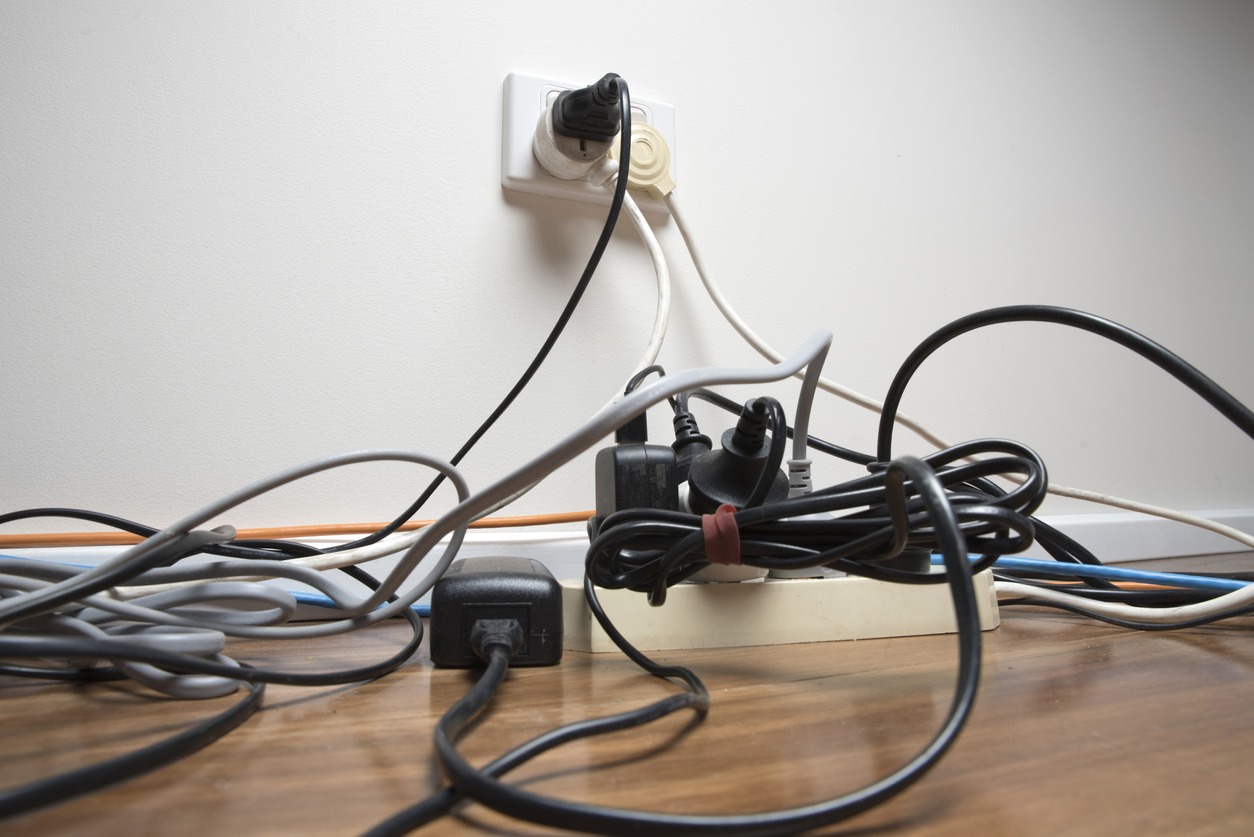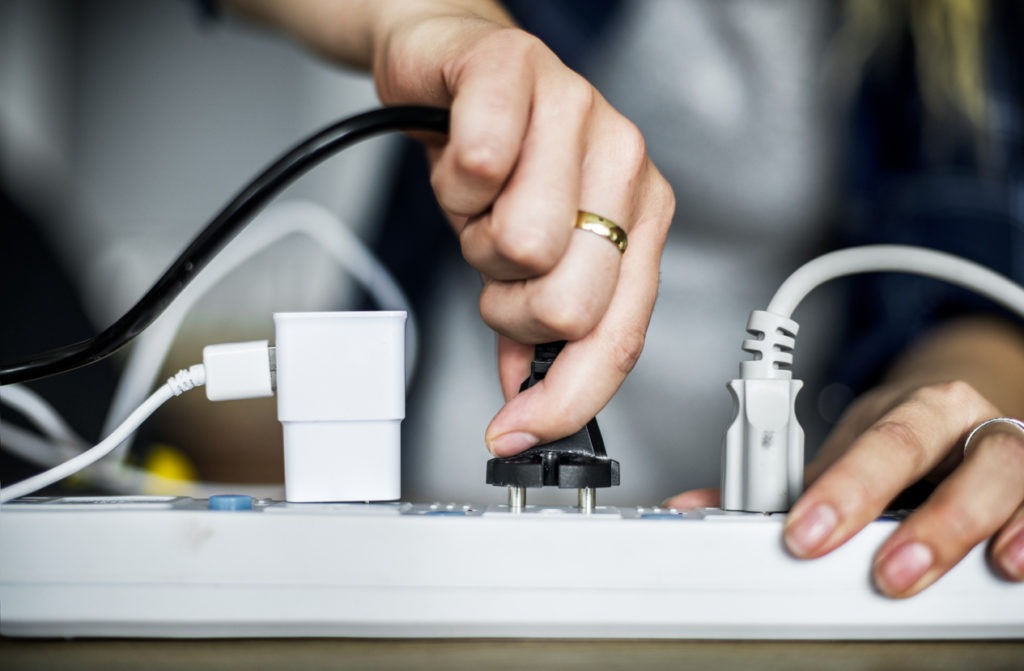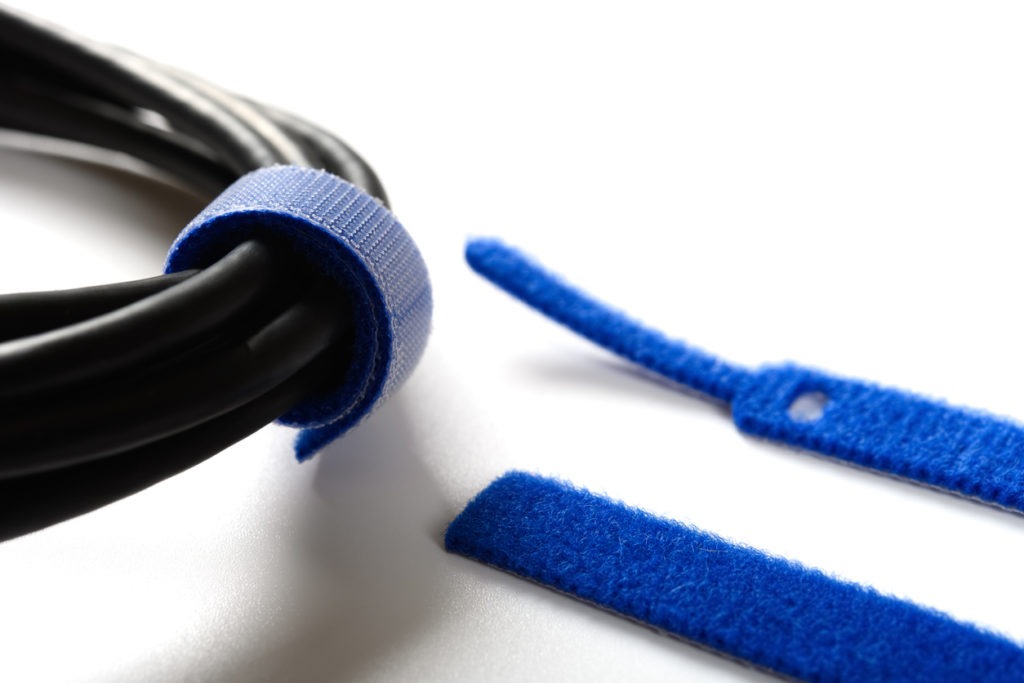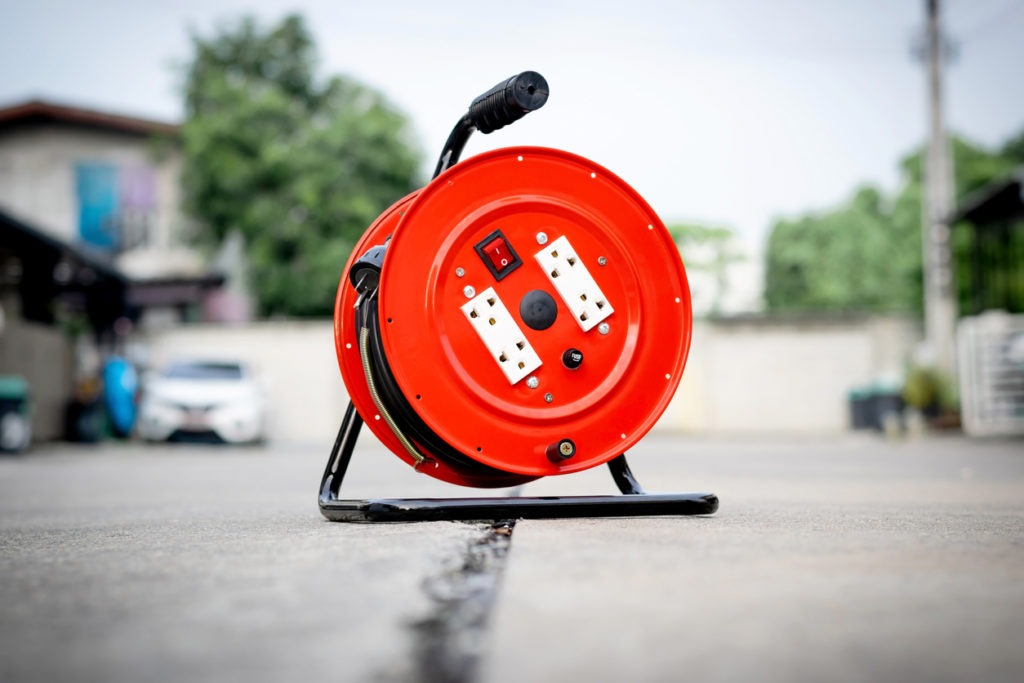There are cords everywhere! The wiring is disorganized, which not only poses a risk to your safety but also detracts from the ambiance of the living area. Extension cords should be stored properly to avoid problems with organization, safety, and, most importantly, ease of access.
Just picture yourself waking up in the server room to resolve a network issue only to discover that shoddy cord management is to blame. The system may need to be straightened for hours. Well, by adhering to a few straightforward cord storage tips, which we will cover later in the post, you can avoid the inconvenience. Read all the way through!
Advantages of Extension Cord Storage
- Aids in preventing annoying wire tangling.
- Prevents damage to cables.
- Ensures a longer cord’s lifespan.
- For the sake of your children’s safety, cable management is essential if you have kids at home.
- If wires are not out of the way, pets may chew on them.
- The best part is that, when cords are properly stored, you can find them without having to rummage through boxes or closets.
Using Extension Cords
- To fit an extension cord into a two-prong outlet, never remove the grounding pin.
- Avoid using a single cord to power multiple appliances.
- Indoor extension cords should never be used outside.
- Don’t connect several cords at once.
- Extension cords shouldn’t be run underneath rugs or furniture.
- Never staple or nail extension cords to surfaces or tape them to floors.
- When using cords, avoid coiling or bending them.
- Childproof covers should be placed over unused cord outlets.
- Useless extension cords should not be used.
Caring for Extension Cords
- Always keep cords inside.
- Extension cords should always be unplugged when not in use.
- Discard frayed cords.
- When unplugging an outlet, pull the plug, not the cord.
The Best and Worst Ways to Store Extension Cords
The Over-under coil
Pros: It won’t harm the cord and will be ready for use the next time.
Cons: You’ll need to adjust to the method because it doesn’t come naturally to you.
Regular coils cause extension cords to bend out of their natural curve, making them heavier to handle over time and placing stress on the wires inside. The over-under technique, however, works with the extension cord’s natural curve rather than against it, allowing it to rest comfortably. The completed coil can be easily stored on a utility hook or transported in a tool or gig bag if a Velcro strap is used to keep it together.
Velcro Cord Wraps
You’ll need some cord wraps if you’re going to coil your cords up for storage. Take a moment to add some to your shopping cart, either online or the next time you’re at the hardware store if you don’t already have any. For a few dollars, you can purchase a few reusable Velcro straps, but larger options will also work. Whatever you choose, make sure it has a tiny hole or a clip so you can keep the strap wrapped around the cord when not in use. Although long, custom-fit rolls appear to be a good deal, a strap that stays in place when you unwrap your cord is far superior.
The Chain-link
Pros: The cord is left ready to use, requiring no purchase.
Cons: Requires practice and with time, the cord might twist.
The chain-link method requires some practice, but it keeps your cord well-organized and portable for the next time. It adds numerous twists to the cord, some of which might not untwist if your cord is stiff or kept in the cold. Plus, unlike a cord in an over-under coil, you can’t stretch it across a workspace in a single throw.
Mounted Cord Reels
Pros: Leaves cord ready to use
Cons: Expensive, difficult to replace the cord, and potentially damaging over time, some models are unreliable.
It might make sense to mount an extension cord on a retractable cable reel if you keep the cord in a single location, such as your garage or workshop. It’s the simplest way to always have an extension cord on hand, and it also makes storing the cord simple. Unfortunately, most cable reels have cords that are too thin for their length or have a convenient, but easily overloaded multi-outlet “banana tap” that can cause a fire hazard. Additionally, you might find it difficult to easily replace your cord inside the reel if it breaks or wears.
Spools
Pros: None
Cons: Requires unwinding the cord before use, is bad for the cord, and is a waste of money that could be used elsewhere.
Almost every hardware and home store have a variety of cord wrapping spools tempting you next to the extension cords. However, this cord management will only bring you to the wrong management. Simple plastic spooling frames are awkward to use and make wrapping or deploying your cords even more difficult.
The Around-the-arm coil
Pros: Simple and quick, no need to purchase.
Cons: The cord may become damaged over time, frequently gets tangled, and is difficult to use the next time.
Everyone might use this approach by default, but it really shouldn’t be. With one hand holding the cord end taut around the elbow of the same arm, you begin whipping it around more and more tightly. When faced with the dangling end, you can either throw the coil into a pile and hope that it will magically tangle itself by the time you need it again, or you can wrap the end around the entire coil, which puts additional strain on the jacket and cord. The cord is strained into tight curves as a result, making it difficult to use the next time you need an extension cord with an arm coil.
Conclusion
Extension cord management has a lot of advantages, and there are many effective methods, both manually and with the aid of tools. Whatever method you choose, it’s crucial to keep the cords organized and out of the way to prevent injury to the family’s pets or children.



